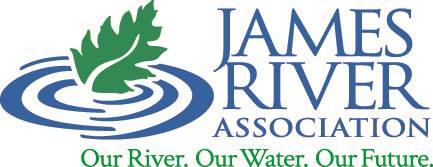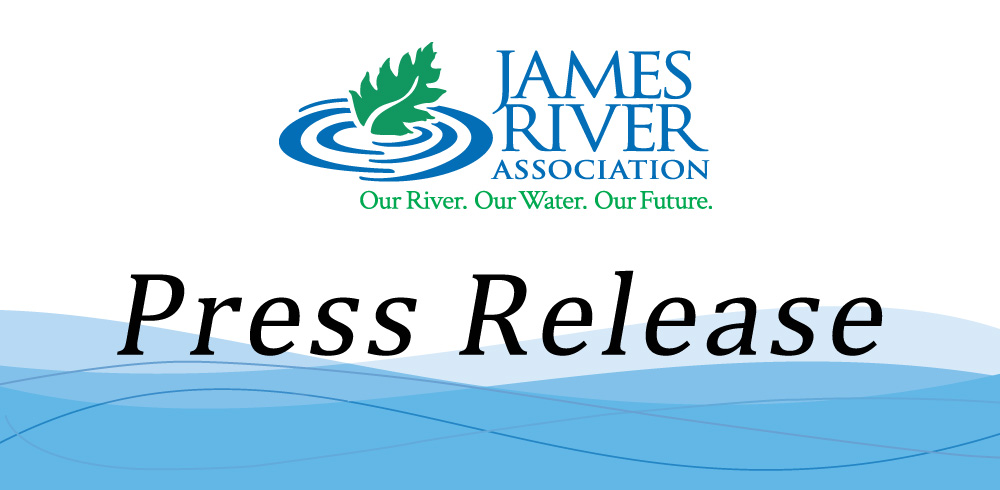

Contact: Brian Gumm
(202) 747-0698 x4
bgumm@progressivereform.org
New Report Highlights Climate Change, Toxic Flooding Threats to Vulnerable Communities in Virginia
More than 1,000 flood-exposed industrial facilities in Virginia that use, store, or discharge toxic chemicals are located in or near communities that are socially vulnerable to disaster, according to a new report from the Center for Progressive Reform (CPR). With extreme storms and floods becoming more likely as human-driven climate change continues, such facilities threaten residents with potential contamination from chemical spills, an added burden for communities that already struggle with environmental justice challenges.
“Low-income communities and other vulnerable populations are situated in the heart of climate change and toxic flooding risks in Virginia,” said David Flores, a policy analyst at CPR and a co-author of the report. “Climate change, stronger tropical storms, more intense rain storms, and sea-level rise are increasing the already substantial risk of contaminated floodwaters in these communities. The toxic flooding that followed Hurricane Harvey in Texas and Hurricane Florence in North Carolina should serve as a call to action for the state I call home.”
The report, Toxic Floodwaters: The Threat of Climate-Driven Chemical Disaster in Virginia’s James River Watershed, focuses on the James River because of its particular vulnerability to climate change and floods, coupled with the concentration of various industrial sites throughout the region.
Strikingly, the report found that more than 473,000 of the 2.9 million people who live in the James River watershed are located in communities that the U.S. Centers for Disease Control and Prevention defines as “socially vulnerable” to disaster and that also contain flood-exposed industrial facilities with toxic substances. Such communities are typically more vulnerable to disasters because they often lack infrastructure – reliable transportation, temporary housing, etc. – as well as a variety of other resources residents need to escape and then to return, rebuild, and avoid exposure to chronic harms. Because of climate change, these communities are increasingly at risk from toxic floodwaters from nearby industrial facilities.
Among the report’s other findings:
- In the tidal region of the James River, from Richmond to Hampton Roads, 234 facilities would be flooded by future sea-level rise between one and five feet. Ninety-one of these facilities would be flooded by just one foot of sea-level rise, which climate scientists expect to occur no later than 2050.
- Of the most socially vulnerable communities in the James River watershed, 125 contain at least one flood-exposed industrial facility. Many contain more. On average, the most socially vulnerable communities each contain 25 flood-exposed industrial facilities, an unequal and unjust risk.
The report’s authors note that currently, Virginia law, regulation, and enforcement are not up to the task of protecting the Commonwealth’s most vulnerable residents from toxic floodwaters.
“Resiliency and equity should be threaded throughout any work done on climate and toxic floodwaters in the Commonwealth,” said Noah Sachs, a CPR Member Scholar, University of Richmond law professor, and report co-author. “Right now, regulation and enforcement in Virginia are lagging on these needs, a problem policymakers can and should correct.”
To that end, the report’s authors offer several recommendations for Virginia policymakers:
- Use existing legal authority to prevent climate-driven chemical disasters.
- Improve public access to data about potential chemical hazards.
- Establish new requirements for unregulated chemical storage tanks.
- Establish a toxic floodwaters task force to investigate and recommend policy reforms.
“Last month, Virginia lawmakers passed legislation that will benefit communities across the watershed by requiring excavation of toxic coal ash from leaking, flood-exposed impoundments,” said Jamie Brunkow, Senior Advocacy Manager and James RIVERKEEPER® at the James River Association. “Through continued efforts by our lawmakers and policymakers to prepare for floodwaters, Virginia can lead the way in protecting our most vulnerable communities.”
In addition to the recommendations, the report contains an action guide for citizens and advocacy organizations.
Toxic Floodwaters: The Threat of Climate-Driven Chemical Disaster in Virginia’s James River Watershed is available online at http://bit.ly/VAToxicFloods.
# # # # #
The Center for Progressive Reform is a nonprofit research and educational organization with a network of Member Scholars working to protect health, safety, and the environment through analysis and commentary. Read CPRBlog, follow us on Twitter, and like us on Facebook.
The James River Association is a member-supported nonprofit organization founded in 1976 to serve as a guardian and voice for the James River. Throughout the James River’s 10,000-square mile watershed, the James River Association works toward its vision of a fully healthy James River supporting thriving communities. With offices in Lynchburg, Richmond and Williamsburg, the James River Association is committed to protecting the James River and connecting people to it. For more information, visit www.jamesriverassociation.org.

